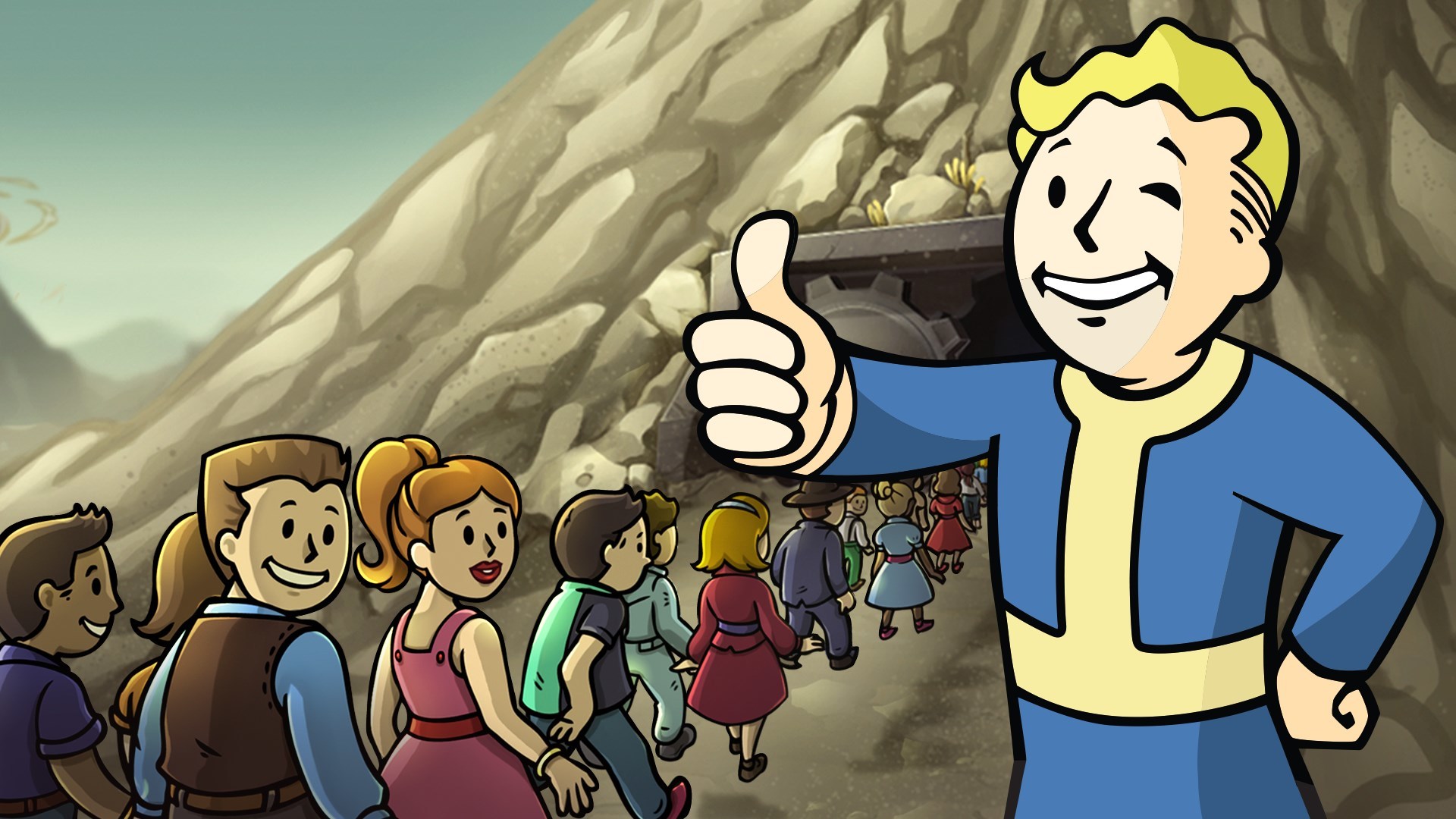

Micro Forté's choice of name for the character was retained by ex-Interplay writer Chris Avellone when he developed and self-published the Fallout Bible in 2002. As "Pipboy", the character's iteration in Tactics as well as the traditional series of caricatures representing skills and perks were drawn by Ed Orman. On the other hand, the developers of the 2001 spin-off title Fallout Tactics: Brotherhood of Steel, Micro Forté, confused Vault Boy with another in-universe element called the Pip-Boy. īrian Menze was responsible for all Vault Boy images drawn for 1998's Fallout 's Fallout: New Vegas, and he followed Isaac's art style for the character.

The character is inspired by films made during the 1950s, in particular the cartoon character Bert the Turtle from the 1952 civil defense animated live-action social guidance film Duck and Cover, and parodies the dualities of cheery optimism and sub-surface paranoia from that era. Vault Boy was drawn for Fallout by George Almond for the first few cards and by Tramell Ray Isaac who finalized the look of the character.

Vault Boy was partly based on Rich Uncle Pennybags' aesthetic from the Monopoly board game, and Boyarsky came up with the idea and design for the Vault Boy “cards”, which is intended to evoke the feel of Monopoly cards by showing the character engaged in a variety of activities in humorous ways. He was created by Leonard Boyarsky, who originally thought of him as the "skill guy" when he developed the character's first piece of concept art. Vault Boy was unnamed in 1997's Fallout, although the game's instruction manual refers to the character as Vault-Man.

Vault Boy is a ubiquitous feature in promotional material and merchandising for the Fallout brand, and is regarded by critics to be one of the most recognizable elements of the franchise and the embodiment of its sardonic, retrofuturistic themes. Vault Boy's design was developed by Leonard Boyarsky, who drew inspiration from 1950s films as well as the visual aesthetic of the economics-themed board game Monopoly. Within the video game series, Vault Boy serves as a generic representation of the player character's statistical information within user interface (UI) menus, and is a recurring element in Vault-Tec products found throughout the fictional Fallout universe. Created by staff at Interplay Entertainment, the original owners of the Fallout intellectual property (IP), Vault Boy was introduced in 1997's Fallout as an advertising character representing Vault-Tec, a fictional megacorporation that built a series of specialized fallout shelters throughout the United States prior to the nuclear holocaust that sets up the world state of the Fallout universe. Vault Boy is the mascot of the Fallout media franchise. A statue of Vault Boy displayed at a retail store in Japan


 0 kommentar(er)
0 kommentar(er)
